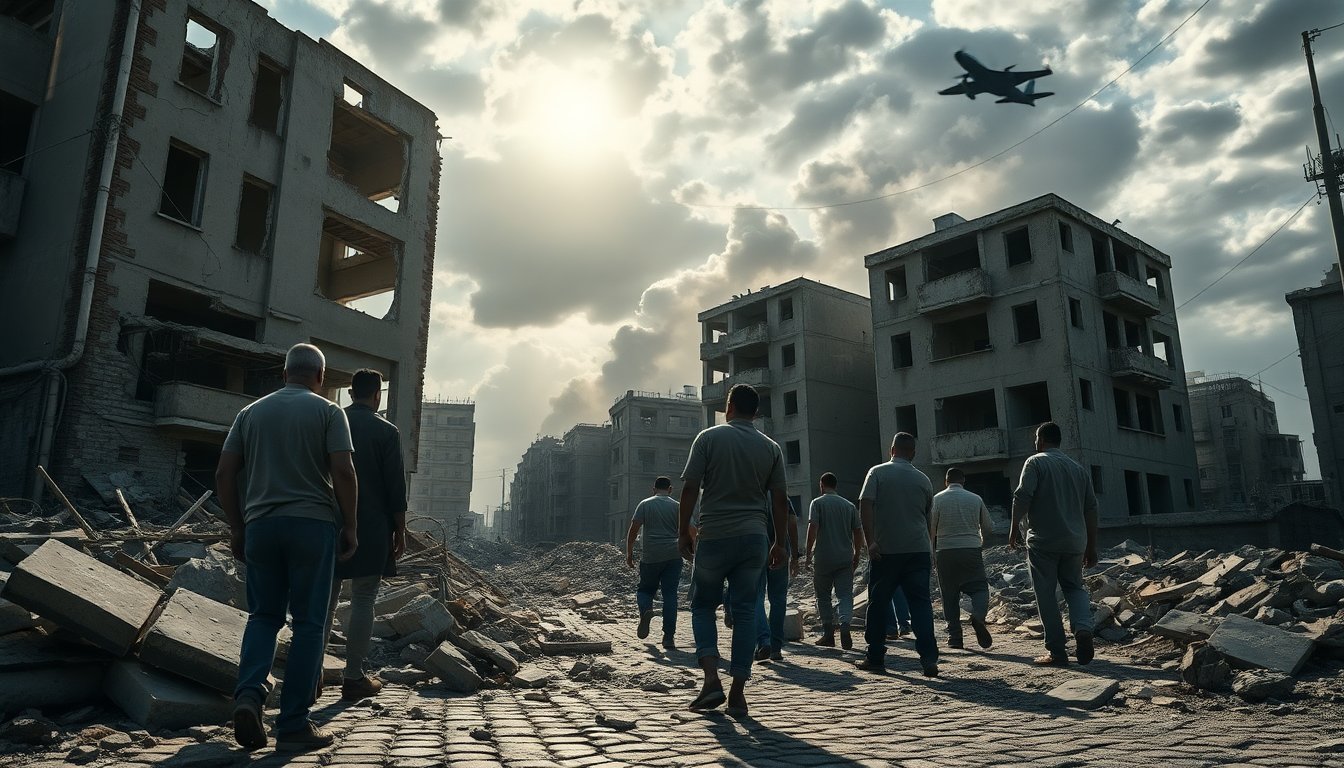Table of Contents
The situation in Gaza has escalated following a brief period of calm, as Israeli airstrikes resumed. This response came after an attack that resulted in the deaths of two Israeli soldiers. The incident poses a significant challenge to the ceasefire brokered by the United States earlier this month. Reports indicate that at least 26 individuals in Gaza, including a woman and a child, have lost their lives as Israeli forces targeted various sites associated with Hamas.
Ceasefire tensions and humanitarian aid
The ceasefire, which began on October 10, aimed to end two years of violent conflict. However, both parties have accused one another of breaching the agreement, creating an atmosphere of distrust. Following recent hostilities, an Israeli security official announced a temporary halt to aid flowing into Gaza, citing a blatant violation of the ceasefire by Hamas. This decision was made shortly before a reversal, which allowed aid to resume under pressure from the United States.
Impact on civilians
The airstrikes in Gaza have had immediate and severe consequences for residents. Families in Khan Younis have been forced to flee their homes, while shoppers in Nuseirat hurried to local markets, anxious about further violence. The ongoing conflict has plunged many in the enclave into a state of desperation. According to the United Nations, numerous individuals are grappling with food shortages, a situation worsened by the relentless fighting.
International involvement and diplomatic efforts
U.S. officials, including envoy Steve Witkoff and Jared Kushner, are set to visit Israel to address the escalating conflict. Their trip underscores the international community’s ongoing efforts to mediate the situation. Israeli Prime Minister Benjamin Netanyahu has asserted that he has authorized military actions in response to what he considers breaches of the ceasefire by Hamas.
Challenges in achieving lasting peace
The complexities involved in establishing lasting peace in Gaza are significant. Recent hostilities highlight the fragile nature of ceasefire agreements. Defense Minister Israel Katz has underscored the importance of clearly marking the yellow line, which indicates the area where Israeli forces have retreated in accordance with ceasefire terms. He cautioned that any attempts to breach this line would elicit a strong military response.
In response, Hamas has articulated its grievances, claiming that Israeli actions have resulted in numerous casualties and obstructed vital supplies from reaching the enclave. Amidst this tense atmosphere, the Rafah border crossing, a critical access point for humanitarian aid, remains closed as negotiations continue.
Humanitarian crisis and future implications
The ongoing conflict has resulted in a significant humanitarian crisis, affecting hundreds of thousands of individuals facing famine conditions, as reported by the IPC global hunger monitor. Although there has been a temporary increase in aid through alternative routes, the United Nations has highlighted that current levels are insufficient to meet the population’s needs.
Key issues surrounding the disarmament of Hamas, the governance of Gaza, and the potential establishment of an international stabilization force remain unresolved. As tensions continue, the path toward a peaceful resolution presents numerous challenges and uncertainties.
Engagement from the international community is crucial in working towards a sustainable solution that addresses the underlying issues of the Israel-Gaza conflict. Without concerted efforts to resolve these disputes, the cycle of violence and humanitarian suffering is likely to persist.


